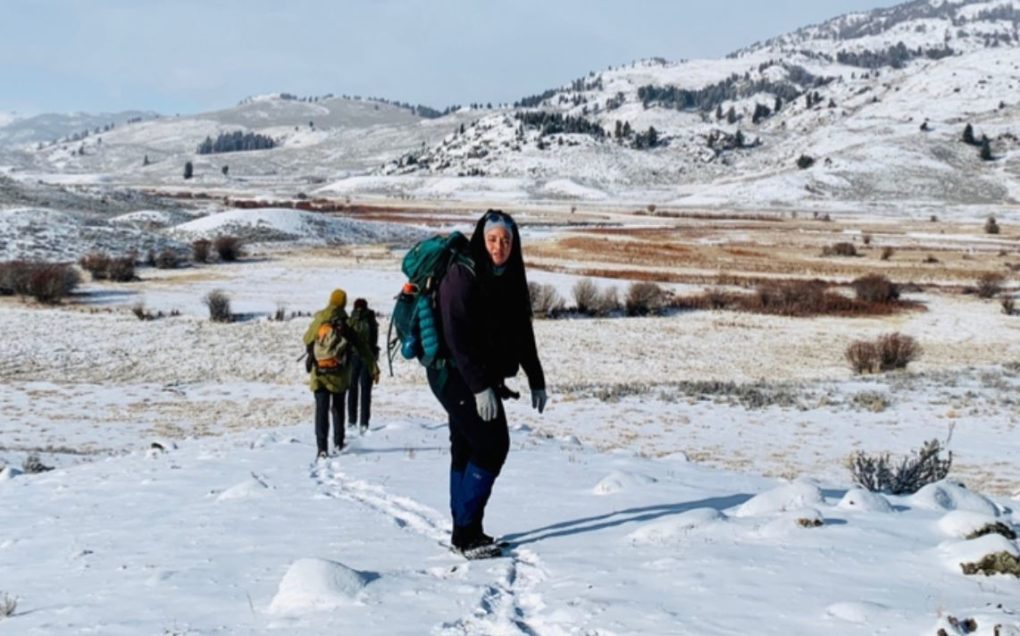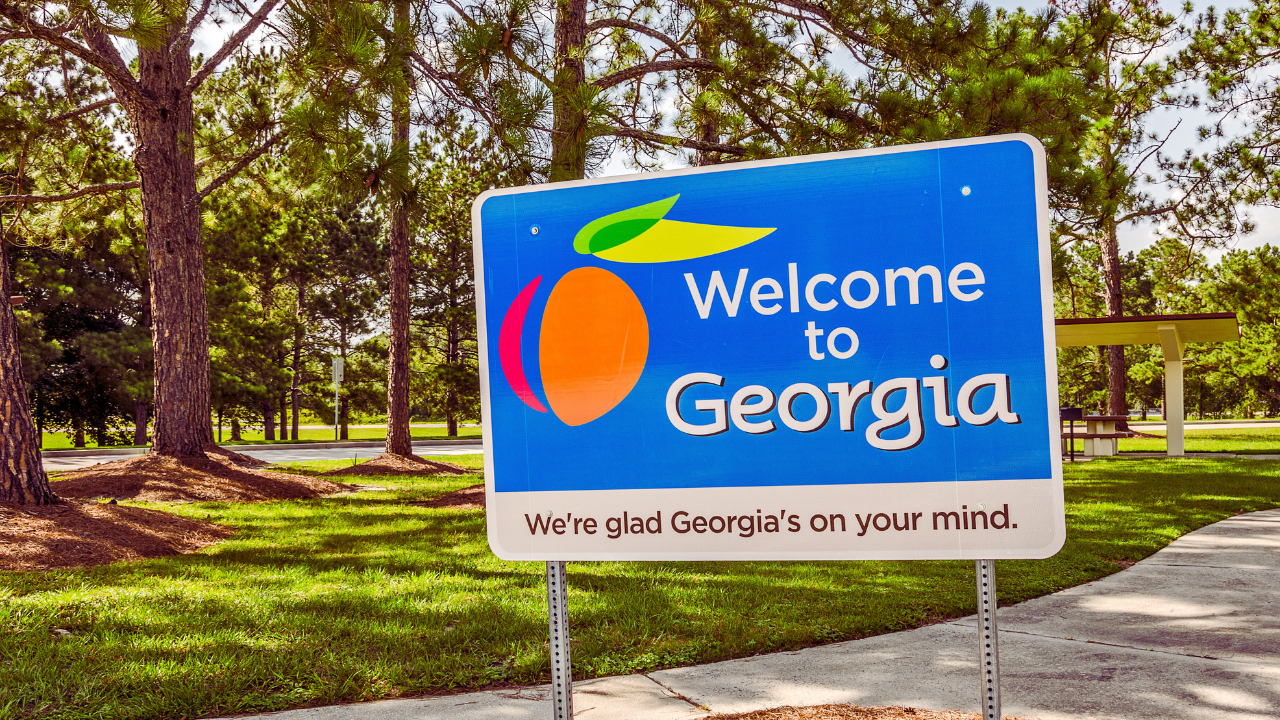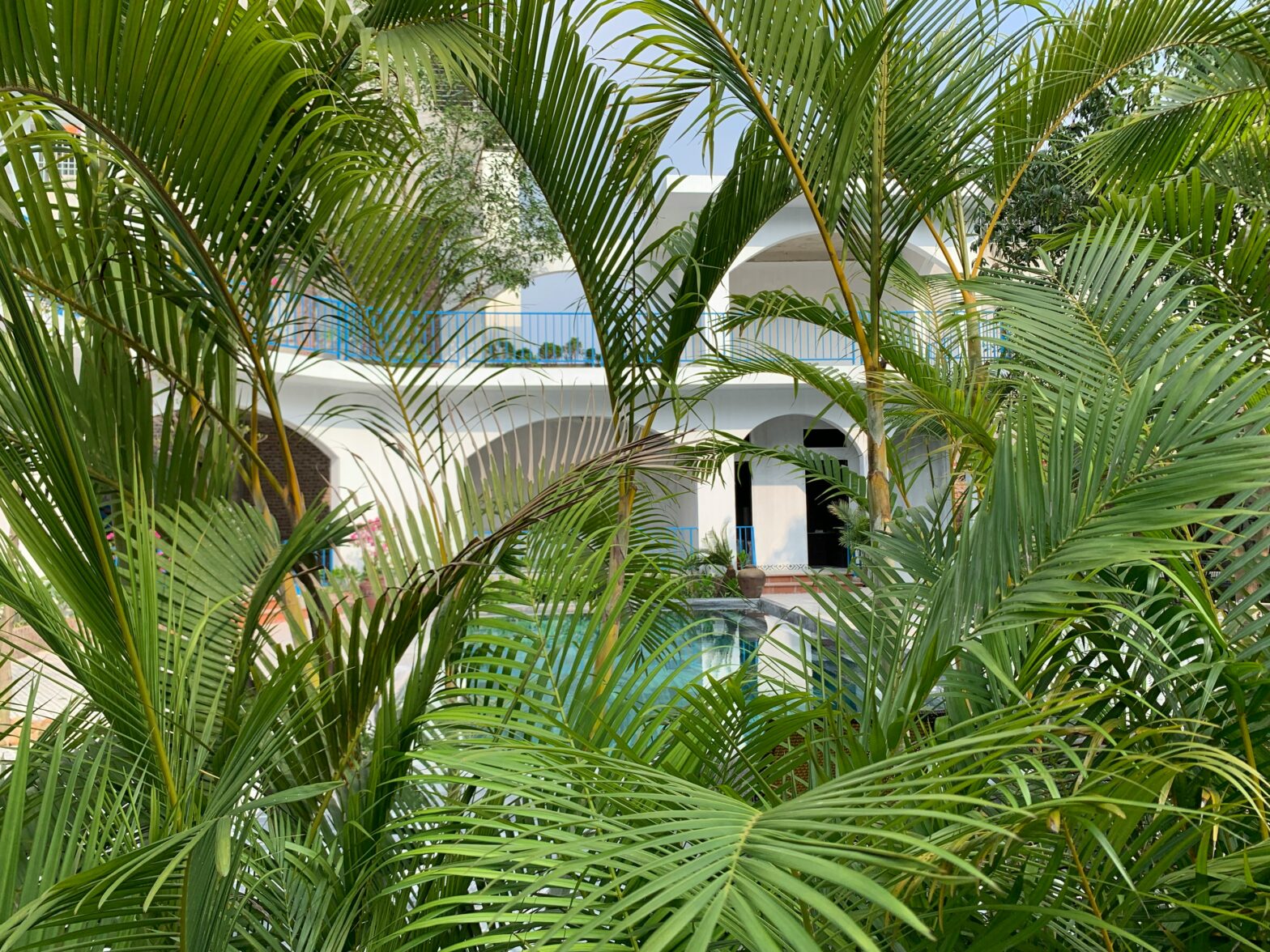There’s no way around the fact that the conservation world lacks diversity. Conservationist Taylor Bland and others like her dispel the myth that Black people are disinterested in the well-being of nature.
“When you think of famous conservationists, almost all who come to mind are white,” Taylor told Travel Noire. “I’m inspired by Jane Goodall, Biruté Galdikas, and Dian Fossey, who were known as the Trimates. They were incredible women who changed the face of conservation, but they were all white.”
What’s the reason for the absence of melanin? Lack of accessibility.
“Conservation is about passion and drive,” Taylor said. “There’s a lack of funding and representation. People who grow up in poorer communities don’t have the privilege of volunteering for free in the summer to get the experience they need to get their foot in the door.”
Carving a corner for herself as a Black woman in a white-majority space is second nature to Taylor. She grew up in Madison, a small town in Ohio with very little diversity. Her difficult upbringing was offset by her grandmother, who provided much- needed guidance. Without the love and unwavering support of the woman Taylor affectionately calls “Gram,” her story might have taken on a different look.

“Gram raised three children of her own as a single parent, and spent the next 20 years raising me and my brother,” Taylor said. “She has been my biggest cheerleader, always encouraging me to shoot for the stars, spread my wings, and explore the world.”
With climate change at the forefront of public consciousness, conservation work is crucial. Sudden environmental changes are difficult to ignore, and they are happening with alarming frequency all over the world. People brace for the worst at hurricane season because of how devastating storms have been in recent years. According to USGS, “temperatures are getting higher, droughts are becoming more extreme and sea levels are rising. These threaten coastal communities and estuarine ecosystems.”
For certain, the imbalance won’t be reversed overnight. Yet the desire to create a harmonious balance between earth and all living things keeps Taylor focused.

“So many people exploit the natural flora and fauna for their own beneficial gain,” she said. “It’s always been a goal of mine to help people coexist on earth with the natural world. I think spending my childhood watching shows like The Crocodile Hunter and The Wild Thornberrys jump-started my love for conservation. I’ve made it my mission to help in whatever way I can, no matter how big or small.”
Taylor is humbled by the support of Conservation Nation, which amplifies voices that aren’t usually prioritized in the conservation world. Much of what she does involves observing the wolves of Yellowstone National Park, which was made possible by Conservation Nation.
“I get to work for the Yellowstone Wolf Project alongside some of the world’s most recognized wolf experts,” she said. “I help hundreds of visitors see these wild wolves, often for the first time. A lot of the work I do with the Yellowstone Wolf Project involves educating the general public. I spent time with elementary students from Montana, explaining the importance of conservation and coexistence with wolves on the landscape.”
Taylor’s love of nature goes beyond the workspace and carries into her travels. She’s seen the orcas of Washington state, the elephants of Thailand and even a pride of lions feasting on a waterlogged hippo in Botswana. You can always find her where the wild things are.
Taylor speaks highly of her fiancé, Jack, who shares her enthusiasm for her work. He understands the demands of conservation and how expensive it can be to get your feet wet. As a college student, he had to pay an organization a sizable amount of money for the chance to study wildlife for long hours. It paid off.
“Most people don’t have the financial stability to do something like that for three months,” Taylor noted. “I’m thankful to have a partner in the field. Jack is encouraging, humble, and kind– always pushing me to try my best, go after my dreams, and be the best version of myself.”
Ultimately, what does Taylor hope to achieve in conservation?
“I hope that being a Black woman in a white-male dominated field will give other underrepresented people someone to look up to,” she said. “I hope kids can see someone who looks like them and think, ‘that could be me!’ By working as Conservation Nation’s first inaugural fellow, I want people to be empowered and pursue a job in an important field.”
You can follow Taylor on Instagram @taylorlbland





